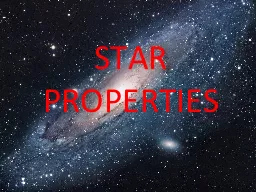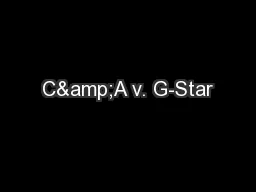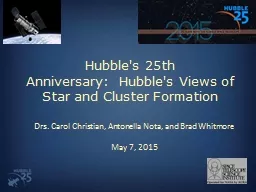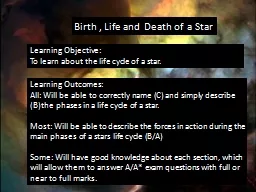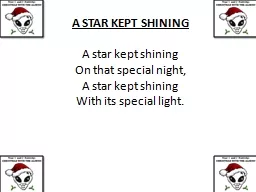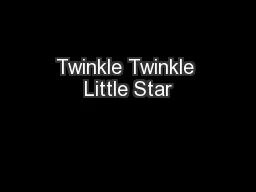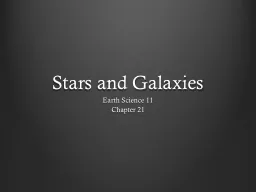PPT-STAR PROPERTIES Contelations
Author : giovanna-bartolotta | Published Date : 2018-03-09
Ursa Minor Little Dipper Ursa Major Big Dipper Cassieopa Cepheus Draco Orion Bootes Capella Castor amp Pollux Gemini Corona Borealis Saggitarius Hercules Fomahault
Presentation Embed Code
Download Presentation
Download Presentation The PPT/PDF document "STAR PROPERTIES Contelations" is the property of its rightful owner. Permission is granted to download and print the materials on this website for personal, non-commercial use only, and to display it on your personal computer provided you do not modify the materials and that you retain all copyright notices contained in the materials. By downloading content from our website, you accept the terms of this agreement.
STAR PROPERTIES Contelations: Transcript
Download Rules Of Document
"STAR PROPERTIES Contelations"The content belongs to its owner. You may download and print it for personal use, without modification, and keep all copyright notices. By downloading, you agree to these terms.
Related Documents

